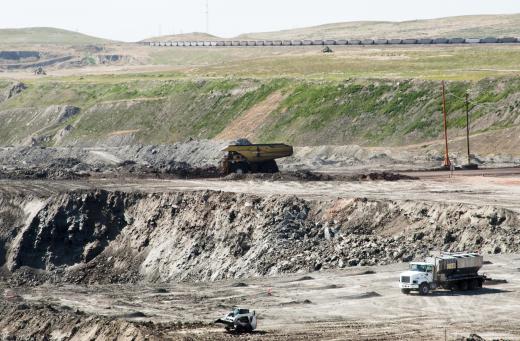Stripping ratio is a term that is derived from the mining industry and is used in reference to the open-pit mining process. The stripping ratio method of calculating the profitability of the mining procedure is commonly used in the ore or coal mining process. In relation to its application in the mining of ore, the utility of the stripping ratio is the determination of the approximate ratio of waste material that must be moved in order to reach a certain ratio of ore. As can be seen, when the ratio of unwanted material that must be moved in order to reach the desired ore far outweighs any ore that can potentially be extracted, then it can be concluded that the input in terms of labor, time and material resources will far outweigh any benefits that can be gained from mining.
The stripping ratio is important due to the fact that it helps a mining company assess a mining site in order to determine the profitability before committing any resources to the mining process. A way of describing the concept of stripping ratio is by looking at it in terms of the level at which the mining process will cease to be profitable. For example, if the mining company must extract one part of ore to three and a half parts of waste in order to break even, it stands to reason that the company will seek to look for mining sites where it can extract at least one part of ore to two and a half parts of waste in order for the mining venture to be profitable. The waste in question includes debris, sand and different sizes of rocks, which will be moved from their location in order to reach the ore beneath.

The extraction of the ore through the application of the stripping ratio also takes into consideration the density of the material that must be moved in order to reach the ore and other factors that include the heaviness of the material. For example, lightweight top material may be easier to remove from its location, while denser and heavier material might make it more difficult, contributing to an increase of the stripping ratio in favor of the mining company. Another consideration that affects the ratio is the presence of contaminants that might lower the quality of the material extracted from the site, meaning that more of the material has to be extracted in order to meet up with the profit target.
